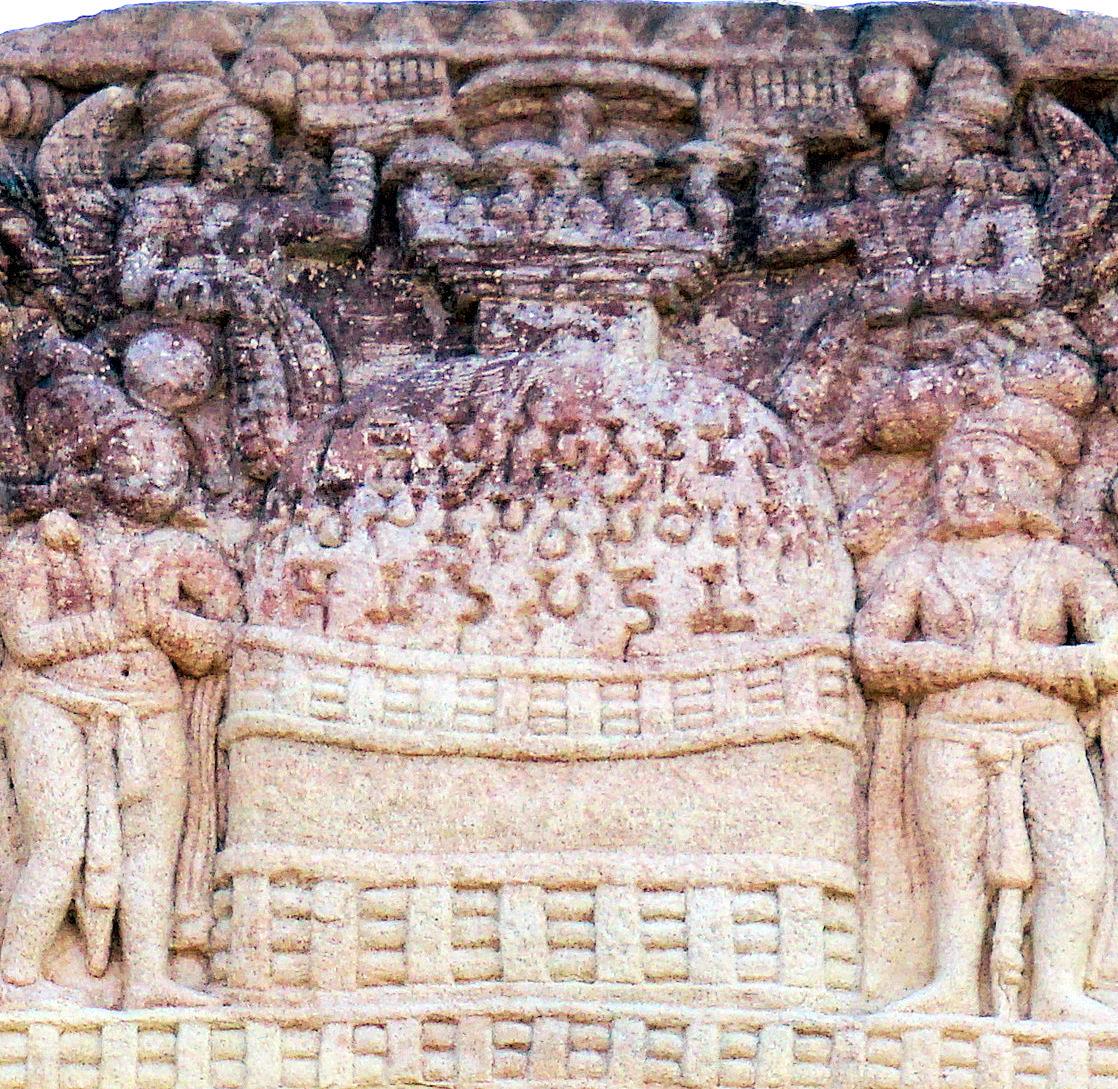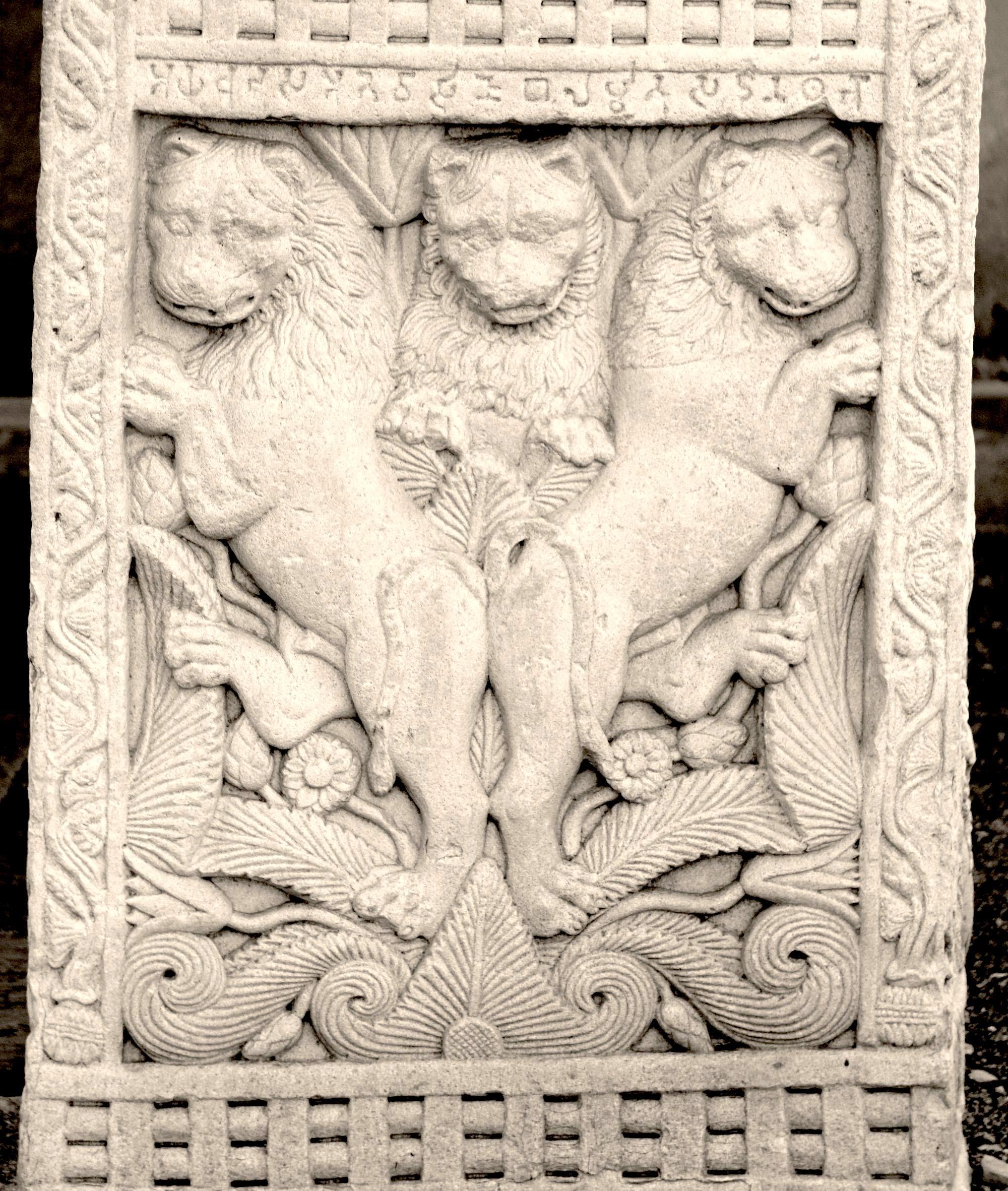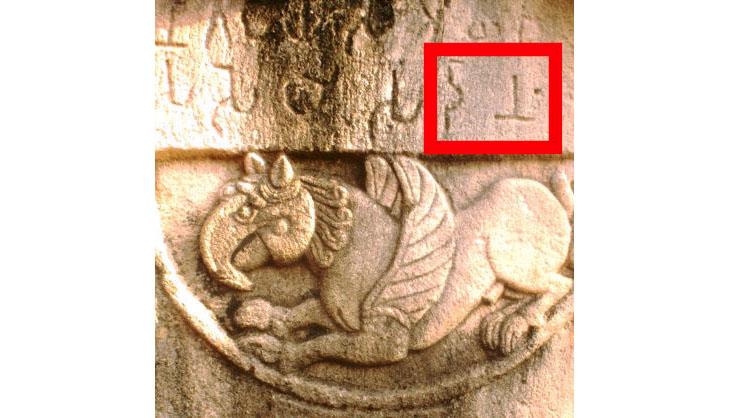How locals helped build Sanchi

As Emperor Ashoka spread his messages about Buddhism across the Indian subcontinent, he constructed impressive monuments and erected his famous pillars to help reinforce his teachings.
It may be easy to assume a scenario where he was met with a degree of resistance from people, reluctant to accept a new religion being forced upon them – even if it was from their ruler. Which is why it's so fascinating to find evidence at Sanchi that this was not the case and, in fact, the local population actively helped Ashoka to build his tributes to Buddhism.
The reason we know that locals helped with the construction of the Great Stupa of Sanchi is because their names have been engraved onto the monument itself to acknowledge the fact that they donated money to fund the project.
"The gift of the monk Isika (Rishika), a Vachiputa (Vatsiputra)," one of the engravings says, for example (translated from the Pali language, written in the Brahmi script).

Many of the donors were local merchants and farmers from the region around Sanchi, but they also came from further abroad. Some of the names come from other states of Ancient India – Gandhara, Kamboja, Kikata, Kirara, and Pratisthana, for example.
There's a lot of fascinating detail that archaeologists can glean from the names of donors carved into the stupa and the surrounding constructions. Looking at the places they are from gives us some insight into the economic and religious situation of those localities at the time of the stupa's construction. Also, it's interesting that some people chose to call themselves purely Buddhist names like Dhamarkhhita, Bodhi, and Sangharakhita, while others chose to use just their locations.

Studying the names of the local donors in the engravings also allows researchers to deduce that some people funded more than one part of the complex. For instance, the same person who donated the right pillar of the western gateway also donated the middle architrave of the southern gateway (his name was "Balamitra, the pupil of Aya-cuda").

Because different parts of the Sanchi complex were built at different times, knowing that the same person funded two different elements is extremely useful because it enables you to date them together to a certain extent. With this information, it's much easier to get a clearer picture of the development of the site during Emperor Ashoka's life and beyond.
These ancient donors keep on giving.

